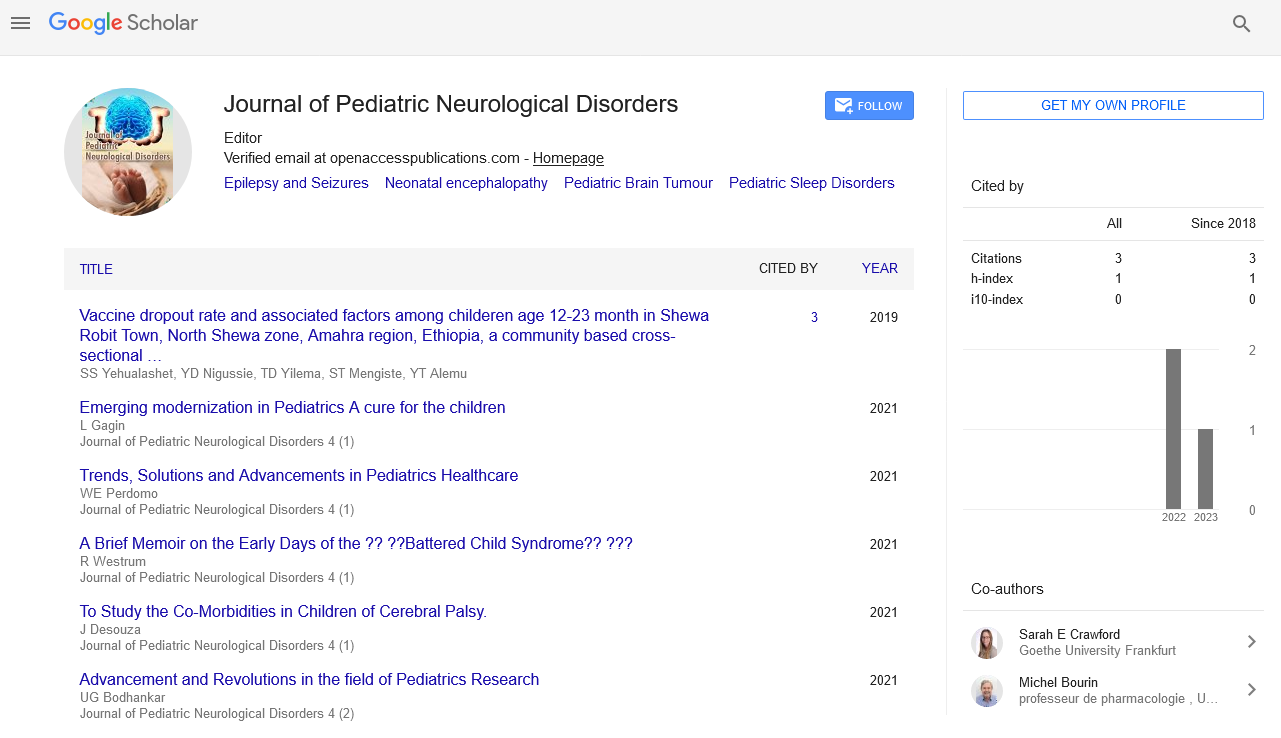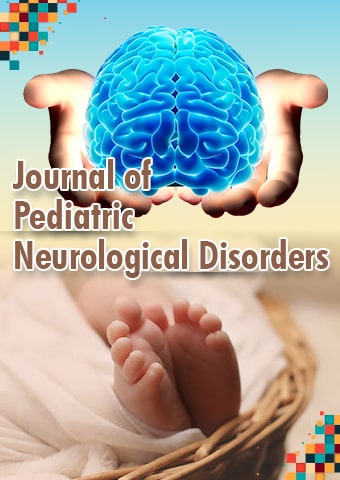Short Article - Journal of Pediatric Neurological Disorders (2018) Volume 1, Issue 1
Analysis the role of repeat CT scans in the Traumatic Brain Injury Management
Md Tofael Hossain Bhuiyan
Rangpur Medical College Hospital, Bangladesh
Abstract
Introduction: Recently in trauma practice, there are no guidelines on the necessity of repeat CT scan. Objective: Our main aim in this present study was to determine whether serial CT scans demonstrated momentous change from the findings in the first CT scan and whether repeat scans had influence on management possibilities.
Methodology: This cross-sectional study was carried out at Department of Neurosurgery, Rangpur Medical College Hospital, and Dhaka from January 2016 to June 2017 where 80 patient’s data were evaluated on the basis of their history, clinical examination. The entered data were crosschecked and confirmed.
Dysfunction in the brain caused by external force, usually a violent blow to the head. Traumatic brain injury is often the result of a serious sport injury or car accident. Immediate or delayed signs may include confusion, blurred vision and focus problems. Children can cry out persistently or be irritable.
Cognitive: amnesia, inability to speak or understand the language, mental confusion, concentration difficulties, difficulty in thinking and understanding, inability to create new memories or inability to recognize common things
Behavioral: abnormal laughter and weeping, aggression, impulsiveness, irritability, lack of restraint or a persistent repetition of words or actions
Mood: frustration, anxiety, depression or apathy
Body: blackout, dizziness, fainting or tiredness
Eyes: dilated pupils, eyes of a raccoon or unequal pupils
Muscular: weakness or muscle tightness
Gastrointestinal: vomiting or nausea
Patients suffering from severe head trauma do less well. Approximately 60 percent would recover fully, with an estimated 25 percent left with a mild degree of impairment. In around 7 to 10 percent of cases, death or a persistent vegetative condition will result
A traumatic brain injury (TBI), also known as an intracranial injury, is a brain injury caused by outside force. TBI may be classified on the basis of severity, mechanism (closed or penetrating head injury) or other characteristics ( e.g., occurring at a specific location or in a wide area). Head injury is a wider category which can damage other structures such as the scalp and skin
A traumatic brain injury (TBI), also known as an intracranial injury, is a brain injury caused by outside force. TBI may be classified on the basis of severity, mechanism (closed or penetrating head injury) or other characteristics ( e.g., occurring at a specific location or in a wide area). Head injury is a wider category which can damage other structures such as the scalp and skin. A number of events following the injury will result in more injury, in addition to the harm done at the time of injury. These processes include changes in the flow of cerebral blood and pressure inside the skull. Some of the imaging techniques used for diagnosis include magnetic resonance imaging (MRIs) and computed tomography ( CT).
Prevention measures include the use of seat belts and helmets, not drinking and driving, fall prevention efforts in older adults and safety measures for children. Depending on the injury, the treatment needed may be minimal or may include interventions such as medications, emergency surgery or surgery years later.
Rehabilitation may include physical therapy, speech therapy, recreation therapy, occupational therapy, and vision therapy. These can also be useful for therapy, promoting education and community support programs.
TBI is a worldwide leading cause of death and disability, especially in children and young adults. Males are twice as often suffering traumatic brain injuries as females. Traumatic brain injury is characterized as brain damage that is caused by external mechanical force, such as rapid acceleration or deceleration, impact, blast waves or projectile penetration. Brain function is temporarily or permanently impaired, and with current technology, structural damage can or may not be detectable. TBI is one of two subgroups of acquired brain injury (brain damage that happens after birth); the other subgroup is non-traumatic brain injury that does not require direct mechanical force (examples include stroke and infection). All traumatic brain injury is head injury, although the latter word can also apply to injuries to other areas of the head.
Similarly, brain injuries come under the umbrella of injuries to the central nervous system and neurotrauma. The scientific literature on neuropsychology, the term “traumatic brain injury” is commonly used to refer to non-penetrating traumatic brain injuries. TBI is typically categorized according to severity, clinical features of the injury, and cause (the causative forces).Classification relating to the process distinguishes TBI into closed and penetrating head injury. A closed injury (also known as non-penetrating, or blunt) occurs when the brain is not exposed. When an object pierces the skull and enters the dura mater, the outermost membrane surrounding the brain, a penetrating, or open, head injury occurs.Brain injuries can be categorized into mild , moderate, and extreme categories. The Glasgow Coma Scale (GCS), the most commonly used method for classifying TBI severity, measures a person’s level of consciousness on a scale of 3–15 based on verbal, motor, and eye-opening stimulus reactions. It is usually accepted that a TBI with a GCS of 13 or higher is mild, 9–12 moderate, and 8 or higher seriously.Young children have similar systems. The GCS grading system, however, has limited capacity to predict results. Of this reason, other classification schemes like the one shown in the table are also used to help assess severity. A current model developed by the Department of Defense and Veterans Affairs uses all three GCS criteria after resuscitation, the post-traumatic amnesia (PTA), and loss of consciousness (LOC) duration time of the injury happened. This will help to treat the disease
Result: in the study all patients of group I maximum 40% patients belonged to 25 to 34 years age range and most of them were male. Also, most of the patients were students in both the groups
Conclusion: We can conclude that for detecting new lesions or enlargement of existing lesions in traumatic brain injury repeat CT scans were found to be of significance which results in changing of management in a substantial percentage of patients.

